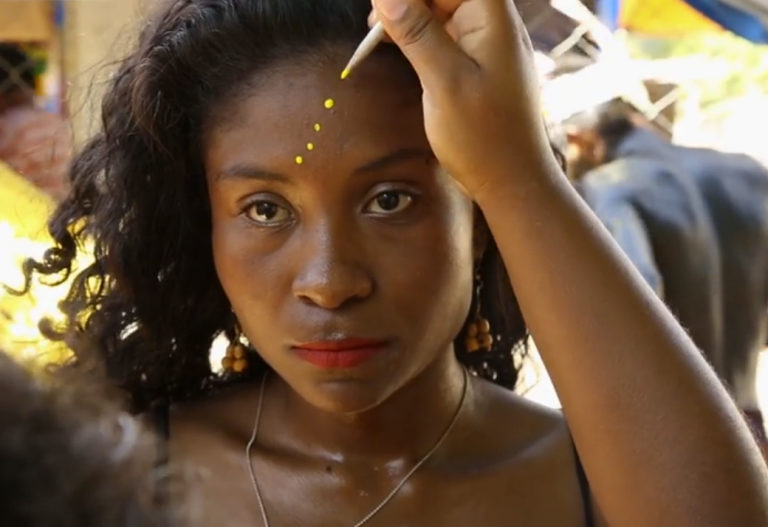How Black America Saw Obama
The New York Times
2017-01-14
Michael Eric Dyson, Professor of Sociology
Georgetown University, Washington, D.C.
I stood in Grant Park on election night 2008, along with more than 200,000 other people, and watched as a man I’d known as a fellow member of a Chicago church, a man I’d worked to help get elected, took to the stage. He would be the first black president of the United States of America. My joy at the surreal scene was transcendent. The jumbotron flashed the face of the civil rights stalwart the Rev. Jesse L. Jackson, with tears streaming down his cheeks, an image that evoked the profound elation of black America at the election of Barack Obama.
But his weeping visage summoned a darker prospect for me, one that cast a shadow over Mr. Obama the moment he announced he would make a run for the Oval Office: They might shoot him. Mr. Jackson had been present when the Rev. Dr. Martin Luther King Jr. met his violent end on a balcony in Memphis. As I viewed Mr. Jackson’s watery eyes, I couldn’t help but associate him with Dr. King and the fear that our newly elected president might be assassinated.
Black America has held its collective breath during every second of Barack Obama’s presidency. I remember stumping early for the Illinois senator, only to have black people I met on the campaign trail tell me that they couldn’t possibly vote for my man. Not only was he not as well known, or beloved, as his opponent Hillary Clinton, but didn’t I know that he’d be harmed if he even got close to the White House? “You know they’re going to shoot him.”…
…President Obama’s historic tenure ends as the nation celebrates what would have been Martin Luther King’s 88th birthday. As I see it, Mr. Obama is the only figure to ever give Dr. King a run for his money as Greatest Black Man in American history. More than a gentle rivalry for supremacy in the history books joins the two. They are tethered by death, too — if not by its actual occurrence, then by its looming possibility….
Read the entire article here.




